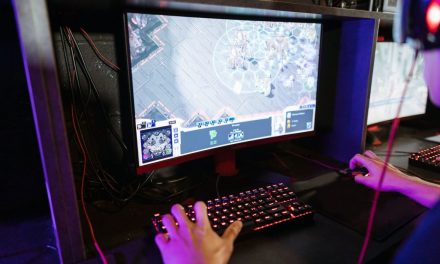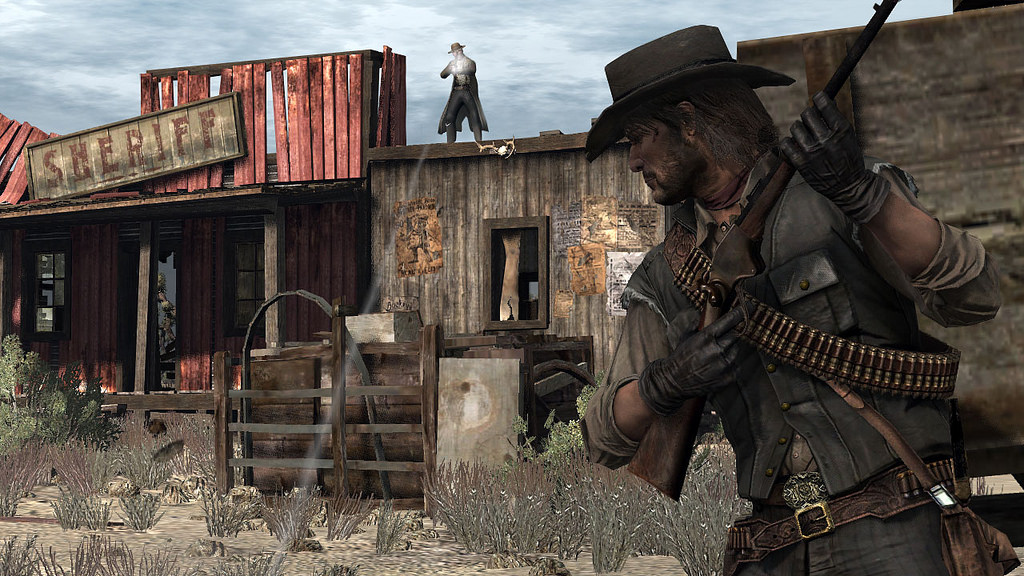It didn’t happen overnight. There wasn’t some big announcement or flashy turning point. But if you’ve spent enough time in the worlds that games build, you’ve probably felt it: the focus has started to drift. Away from scale, spectacle, and pixel-pushing power… and toward something quieter. Something more human.
What matters now isn’t just the leaderboard or the loot, it’s what unfolds between players. The unscripted stuff. That moment when a stranger revives you without hesitation. Or when a co-op mission becomes an inside joke that keeps popping up weeks later. That’s where the magic is settling
Pexels.com
When Games Start to Feel Like Places
Gaming has always been about action (fighting, building, exploring). Lately, however, it’s taken on a different kind of role. For a growing number of players, the games themselves have become social spaces.
And this shift isn’t just happening in multiplayer titles. Even platforms that once felt solitary are leaning into the social layer. Crypto casino sites, for instance, have started layering in live features that go beyond basic gameplay. It’s not unusual now to see real dealers greeting players and leaderboards that feel less like scoreboards and more like arenas. When a win gets shared across a chat or celebrated in a live stream, the whole experience becomes something felt in real time.
Some of the ways developers are tuning into this new dynamic:
- Games like Among Us or Fall Guys create excitement that only works when others are involved. You bluff, you guess, you react.
- Even casual, cozy titles like Animal Crossing evolve into social rituals. Trading fruit, showing off a remodelled island, or just hanging out becomes the point.
So, it’s no longer enough for a game to entertain in isolation. If it doesn’t allow people to bring others in, or at least feel present with others while playing, it risks getting left behind.
Making Virtual Worlds Feel Alive
There’s a certain shift that happens when the screen stops feeling like a barrier.
That’s the magic of live interaction, and it’s changing the way games are built. Not in some grand cinematic sense, but in the subtle decisions. These moments give games a pulse.
Fortnite is one of the clearest examples of how a community reshapes a virtual space when they launched their Travis Scott’s massive in-game concert.
Why Players Stick Around When the People Matter
When you ask longtime players why they still log in, the answer often isn’t the graphics or the gameplay; it’s the people. Developers have caught onto this. They know that no amount of visual polish can replace the sense of belonging that comes from being part of something bigger.
In titles like World of Warcraft, guilds become second homes. Players might start out chasing loot, but they stay because of shared inside jokes, raid fails turned memes, or late-night strategy chats. Entire friendships, even real-world meetups, have spun out of those bonds.
When Games Stop Being Just Games
Sure, people turn to games to unplug, but when you add real interaction into the mix, something shifts. It stops being about escape and starts feeling like a presence. The kind that sneaks up on you, not through a storyline or a cutscene, but through the small, human rhythms of playing alongside someone else.
Suddenly, it’s not just about passing time. It’s about being somewhere, with someone, even if that somewhere exists on a server. That kind of structure can become a small but meaningful thread in someone’s day.
Especially when the real world feels out of sync, those virtual roles start to feel solid. And in their own quiet way, they help people hold it together.













